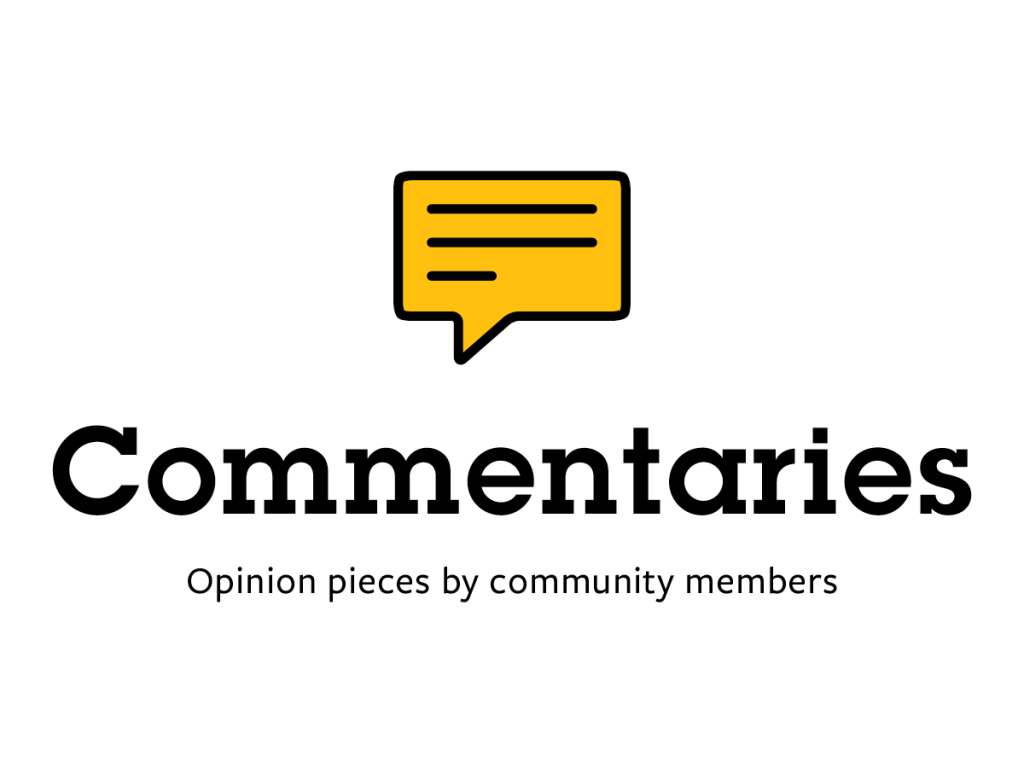This commentary is by Tom Pelham of Berlin. He was finance commissioner in the administration of Gov. Howard Dean and tax commissioner in administration of Gov. Jim Douglas. He served as an independent state representative, including on the Vermont House Appropriations Committee.
The call for legislators to raise taxes on the “wealthy” next legislative session has begun. In a VTDigger commentary, John Greenberg wrote, “Realistically, the choice that confronts policymakers is not whether or not to raise taxes, but on whom.”
But, before pushing the tax button on the “wealthy,” let’s first explore and understand who Vermont’s wealthy are. And secondly: are there cost saving reforms to be had before taxes?
In 2011, as required by the Legislature, the blue ribbon tax structure commission issued its final report.The commission took a deep dive into the changing annual composition of wealthy taxpayers over the three year period 2006 through 2008. The commission reported the following (see pages 39-40)
“Next, the Commission examined the behavior of high-income tax filers over time. Conventional wisdom holds that Vermont is dependent on a few high-income taxpayers and that we are at risk if they move out of state. While there is no doubt that Vermont is very fortunate to have some wealthy residents who choose to maintain their residence here and could move if they wished, what the analysis shows is that the number of taxpayers in the top income brackets is not a fixed population each year but rather, in most cases, event driven. Whether from the sale of investment property or a business, high income is often a one-time event”.
The report also stated:
“High-income earners are not a solid block of consistent interests; rather, they comprise a patchwork of tax filers that may have high income one year and then return to a much lower bracket never to return to high-income status again.”
In order that the Legislature does not inadvertently punish the retirement accounts of Vermont’s small business owners and downtown shopkeepers, the Tax Department should replicate the 2011 Blue Ribbon Commission report to cover a more near-term period, say 2020 to 2022.
Relative to education spending and property taxes, legislators should first consider opportunities for reform in our education system before higher taxes. Consider this data from reliable sources that document Vermont’s high-spending ways:
Public School Enrollment: According to the National Center for Education Statistics, Vermont’s public school enrollment in 2000 was 102,049 students, falling by 19% to 82,401 students in 2020.
Active Teachers: Annual Vermont State Teachers Retirement System GASB 68 Accounting Valuation Reports cite 10,234 active teachers in 2000 vs 9,996 in 2020, a reduction of only 2.3%.
Student/Teacher Ratio: For the 2021-2022 school year, the National Education Association reports Vermont as having the lowest ratio among states at 10.2, with the national average at 15.3.
Expenditures per student: The NEA reports that for the 2021-2022 school year, Vermont’s expenditures per student were third-highest among states at $25,053 as compared to $28,963 for New York (#1) and $26,786 for the District of Columbia (#2). However, the national average was $15,368.
Vermont’s appropriation for General Education: Vermont’s Joint Fiscal Committee reports that for FY2019 Vermont appropriated $1.963 billion vs $2.805 billion in FY2024, for a hefty compound annual growth rate of 7.4%.
Clearly, the fact that the number of students in Vermont’s schools has dropped significantly has fostered best or near best in the nation per student fiscal metrics. Given this reality, the need for additional tax increases is unreasonable. Rather than looking for more taxes, legislators should be looking for cost saving reforms. They should be setting expenditure targets based upon reasonable pupil to teacher ratios and responsible expenditures per pupil. For example, a $1,000 reduction in Vermont’s average expenditure per student would retain Vermont’s position well above the national average while saving Vermont taxpayers more than $82 million.
One such reform might be migrating public school personnel management structures more toward merit-based principles and systems while diminishing those based on longevity. Such would reduce pressures on both operating and retirement budgets while maintaining high levels of competency in our classrooms.
Read the story on VTDigger here: Tom Pelham: More reform, less taxes.

